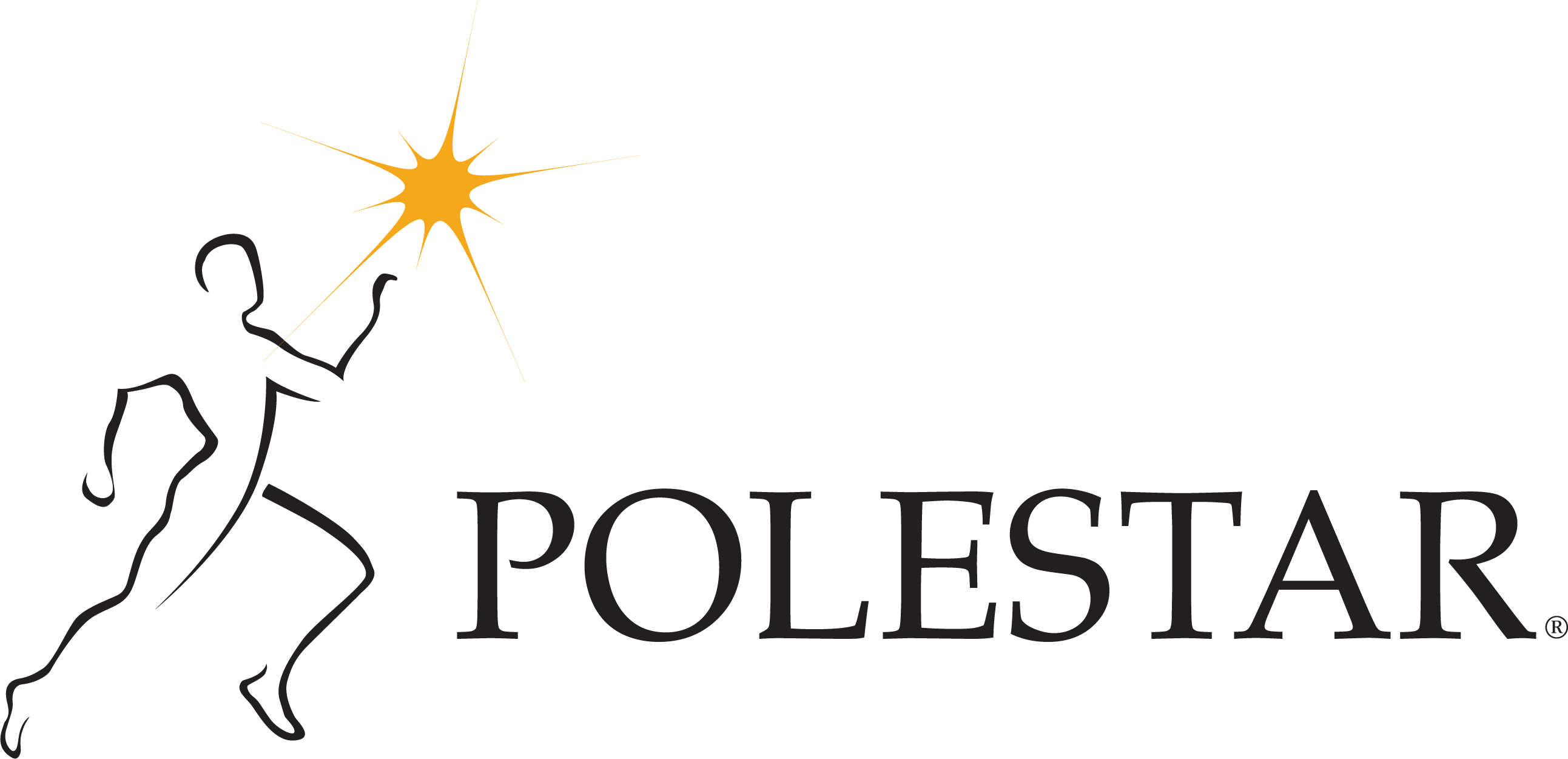
In any movement practice that you teach, you will encounter students of all levels and ability. The Pilates industry caters to many different class settings, environments, and sizes. I used to teach group mat classes that had both seasoned movers and an elderly lady that could not get on the floor without assistance. Currently I teach mostly semi privates; the differences in any two bodies, even roughly at the same level, are vast. How is an instructor supposed to handle these differences? How are we supposed to keep our clients safe and still meet their goals? How can we teach the same class to so many different bodies? Here is a way you can make make multi–level classes work.
I have a magic phrase that I use multiple times a day: “…if it’s available.”
When I am cueing through an exercise and need to make it more challenging for one student but not the other I use these words. It does a couple of things for me. First of all, it makes the client have to take initiative in their own practice. They can choose separately if the next level is in fact available to them or not. Secondly, I’m not drawing attention to them by saying, “you on the right do this, and you on the left do that.“ Thirdly, I am often shocked who chooses the harder way. Several instances come to mind when my “lower level” client executes the progression seamlessly and with ease and grace. It’s an awesome surprise and it makes me rethink how I initially looked at that person. On the other hand, the more “advanced” client sometimes chooses not to take the progression. Regardless of why, maybe they’re tired, don’t feel good or it‘s simply too hard for them, these clients don’t feel like they are regressing, and instead are honoring what feels good for their body.
Here is an example of how I use it. Let’s say we are doing thigh stretch on the tower. I have set up the exercise and we have done a few rounds and when one or all look clean and ready to progress, I say: “If it’s available to you, scoot two inches forward towards your tower. It will create less spring tension and you will have to rely on your body more to come up to tall kneeling. Or you can stay where you are and repeat.” Sometimes everyone moves, no one moves, or they try to move forward, see it’s not for them and move back to the original spot. Wording it this way creates an environment of choice and independence.
I didn’t realize I said this phrase so often until after class one day a new client came to talk to me at the end of a session. She told me that she appreciated my choice of words. This person had come from another studio and was always the one that the instructor verbally pointed out and made modifications for. It made her leave Pilates feeling disempowered and a little embarrassed, even though the other instructor was probably doing only what they thought was best.
Now don’t get me wrong, this doesn’t work in every situation and sometimes the clients choose the progression a little too early for their body. But it’s a good stepping stone to work with multi–level classes. Try it and see if it works for you, only if it‘s available!
Written By Polestar Graduate and Practitioner Becky Phares of Lafayette Louisiana.
Find Becky on Social Media: @the_body_initiative
Like the Blog? Subscribe to Polestar Life Weekly and be the First in the Know!




